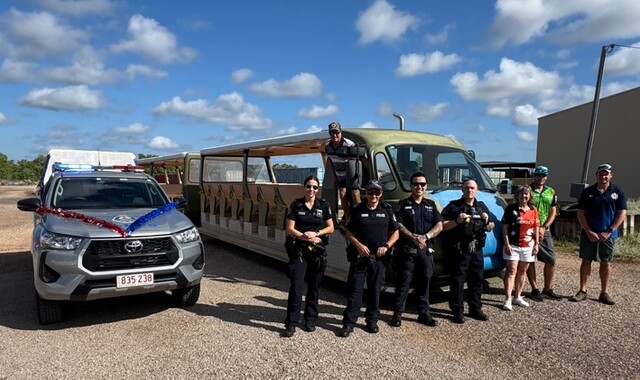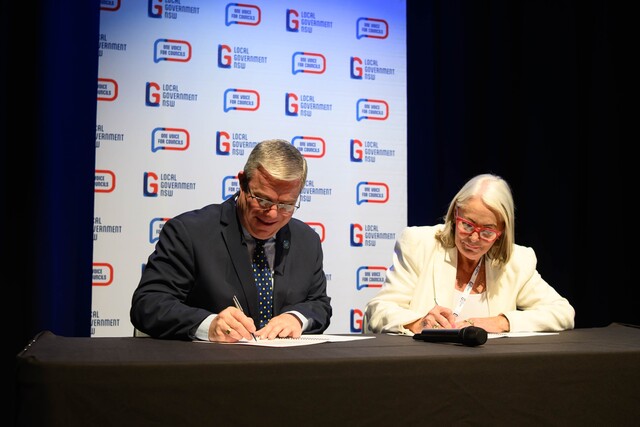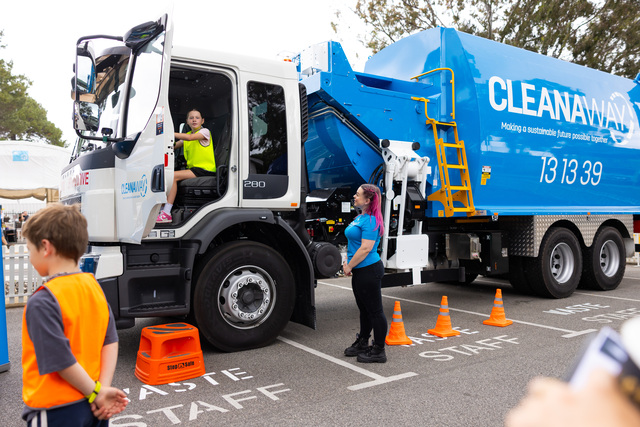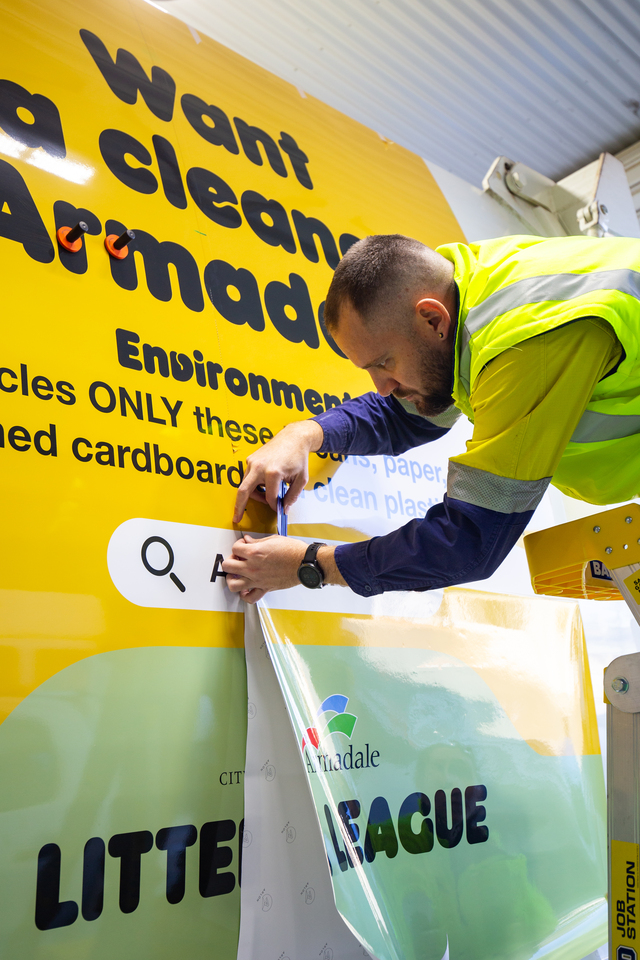Waratah-Wynyard Council has used an innovative approach to worker rehabilitation, achieving a number of impressive results in the past 12 months.
These results have seen Council free of any ongoing workers compensation claims for the first time in 12 years, while all workers previously on long-term medical restrictions have been cleared for full duties.
Council’s Workplace Health and Safety (WH&S) Officer, Josh Fraser, said the key strategy in addressing the number of claims had been the development of the Injured Worker Tool.
“The Injured Worker Tool matches workplace tasks against medical restrictions and identifies meaningful duties a worker is able to perform,” he said.
“We then develop a Return to Work plan in consultation with medical professionals.”
Fraser said there were a number of contributing factors that had helped reduce the number of compensation claims.
“Early intervention is the key; if someone gets injured, I go to the doctor with them and we’re working with them and their doctor right from the very first appointment,” he said.
“With the doctor we’re able to identify tasks that person can do without exacerbating their injury and therefore increase their chances of rehabilitation.”
With the Injured Worker Tool in place, council was able to reduce the accumulative lost time hours from injuries by 98.8 percent from 5174 in 2012 to just 57.5 in the last financial year.
Fraser was recognised for his work with an award for ‘Excellence in an individual’s contribution to rehabilitation and return to work’ at the 2018 Tasmanian WorkSafe Awards in October.
While it was pleasing for Fraser to be recognised, he said it was also a bit strange to receive an award for this type of work.
“Ideally they wouldn’t have this award, because it’s acknowledging that people will get injured.
“We would like to have a workplace without injuries, but realistically that’s not going to happen, so it’s about how we respond.
“We might not be able to prevent all injuries, but we can mitigate the risks to a point where they’re reduced significantly.
“It’s good to know that I’m helping people to return to work and it’s not just the workers that benefit; it’s their families as well.”








